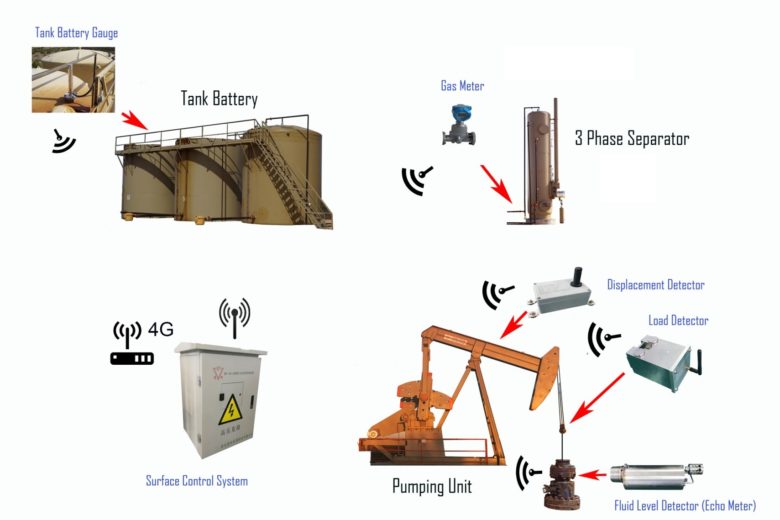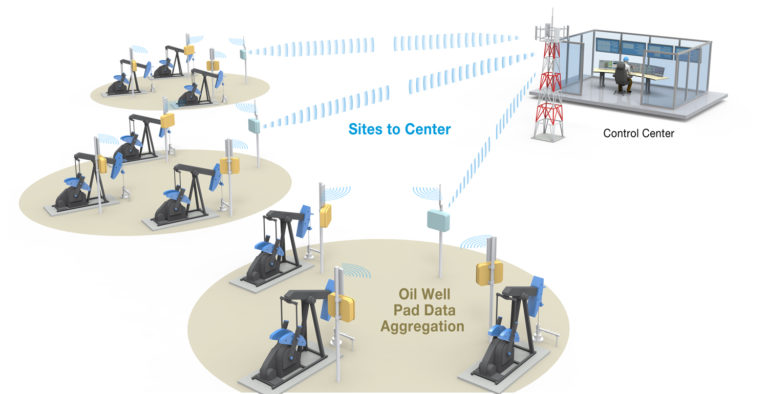Digital oilfields can often be referred to as integrated operations, smart fields, intelligent oil fields, etc. All of these phrases are used to describe a new approach to underground exploration. Digital oilfields are becoming a real-life necessity as costs are forced downwards and labor force shrinks. Digital oilfields are substituting the efficiency needed to replace the costs and labor force, which is rising.
The digital oilfield was once a brilliant idea that was based on a machine partaking an exploration deep in the underground. But nowadays, digital oilfields are fully automating and integrating a huge range of tasks across many aspects of the exploration process. But not just that, digital oilfields play a crucial role in the production process as well.

Digital Oilfields is a Process, not a Place
Many of you who are unfamiliar with this concept think that a digital oilfield is a fancy technological hub, with hundreds of computer screens, and experts sitting behind those screens taking notes in a quiet environment. Well, that’s not the case. A digital oilfield is a concept, not a physical thing, which encompasses data being streamed from far reaches underground. However, a digital oilfield not only streams data, but it also processes it, integrates it, and analyze it in several physical environments.
The reason as to why this concept is being called digital oilfield is because this concept is mostly used by oil companies. According to FutureOn, this concept is physically built in specialized technology rooms, or the oil company’s headquarters, a consultant’s office, or even the well site itself. All devices that use this concept are digitally connected using digital communications such as video-conferencing. Having a stable connection and communication across all devices using a digital oilfield is one of the key elements of the process.
The data collected from a digital oilfield will impact a company’s every decision before drilling in a well. The data collected can be used to create an underground map of the drilling site, and the data will be fed into post-drill analysis.
The biggest aspect of a digital oilfield is the fact that the entire process is fully automatic. This is highly important as taking out the human factor out of mundane tasks can increase productivity. The expert that was previously working on these mundane tasks can now work on other jobs that require his analytical knowledge.
Some of the drilling processes that make up digital oilfields are remotely steerable down-hole and integrated-while-drilling-tools. These processes produce large sums of real-time data that can be used to map out the entire drilling site. One of the biggest features of digital oilfields is that they require full cooperation across all expertise since the decisions need to be made in real-time based on real-time data coming in.

Benefits
The biggest benefit of this concept is the inflow of information coming in at great speed and in great quantities. Having the necessary resources to make these decisions based on real-time data can be extremely beneficial and increase productivity. Having several remotely operated fields decreases the chances of risks and accidents occurring. Fewer people travel to these drilling sites, and fewer people work in these sites, which subsequently removes them from potentially dangerous environments.

